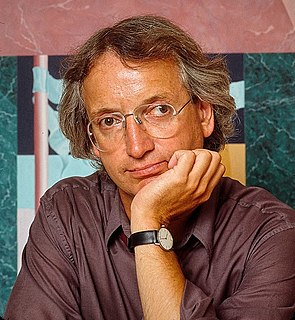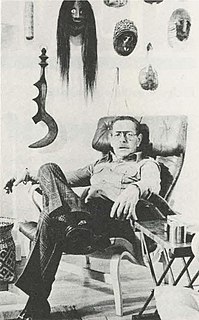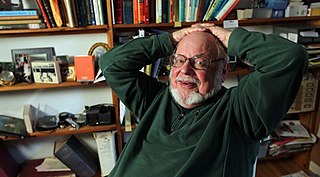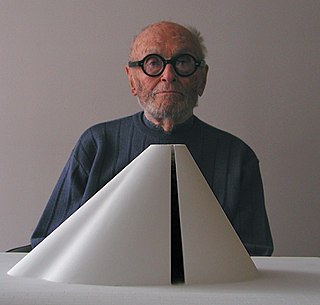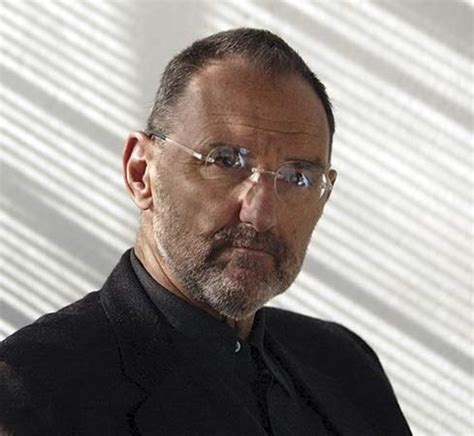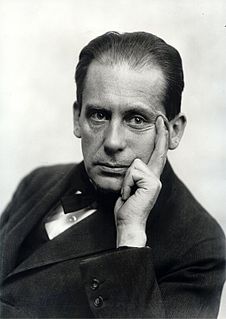A Quote by Michael Graves
I believe well-designed places and objects can actually improve healing, while poor design can inhibit it.
Related Quotes
When we think of design, we usually imagine things that are chosen because they are designed. Vases or comic books or architecture... It turns out, though, that most of what we make or design is actually aimed at a public that is there for something else. The design is important, but the design is not the point. Call it "public design"... Public design is for individuals who have to fill out our tax form, interact with our website or check into our hotel room despite the way it's designed, not because of it.
I do believe that healing takes place on a number of different levels and that in fact black healing can be deepened by trying to heal across as well as within. But it could be that to call for black and Jewish healing without acknowledging the need for intra-black healing puts the cart before the horse.
Design is a field of concern, response, and enquiry as often as decision and consequence... it is convenient to group design into three simple categories, though the distinctions are in no way absolute, nor are they always so described: product design (things), environment design (places) and communication design (messages).
Being a sculptor who uses found objects, all the objects I use in my work have been designed by other people. So I'm tweaking them in some way by squashing them or throwing them off cliffs! Then I formalise my damage by suspending them or arranging them in some kind of way. So I'm using other people's design in a way, so I'm an 'un-maker.'
In great cities, spaces as well as places are designed and built: walking, witnessing, being in public, are as much part of the design and purpose as is being inside to eat, sleep, make shoes or love or music. The word citizen has to do with cities, and the ideal city is organized around citizenship -- around participation in public life.
Dawkins asserts that final causes and design don't really exist. Unguided evolution explains it all. Francis Crick thought the same thing but was afraid people would be misled by what they actually saw. So he issued this warning: "Biologists must constantly keep in mind that what they see was not designed, but rather evolved." What? A warning to ignore the obvious? Absolutely. Because if we don't ignore the obvious, we might be tempted to follow common sense and attribute the "appearance" of design to actual design.
